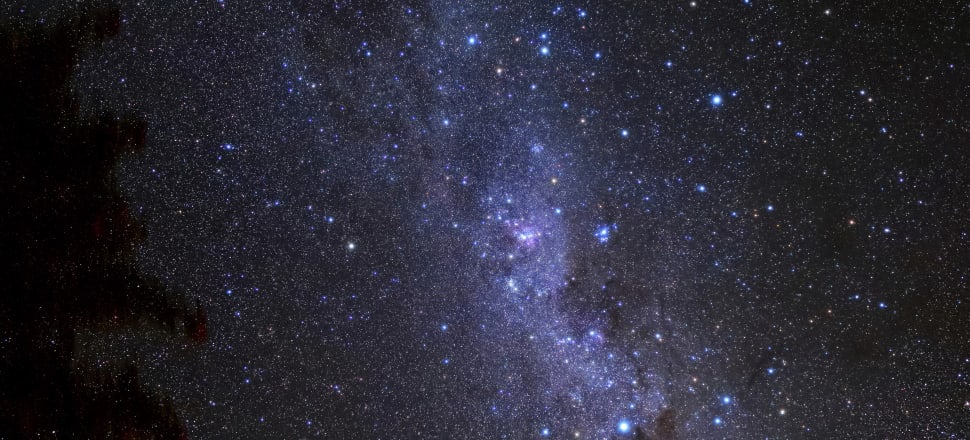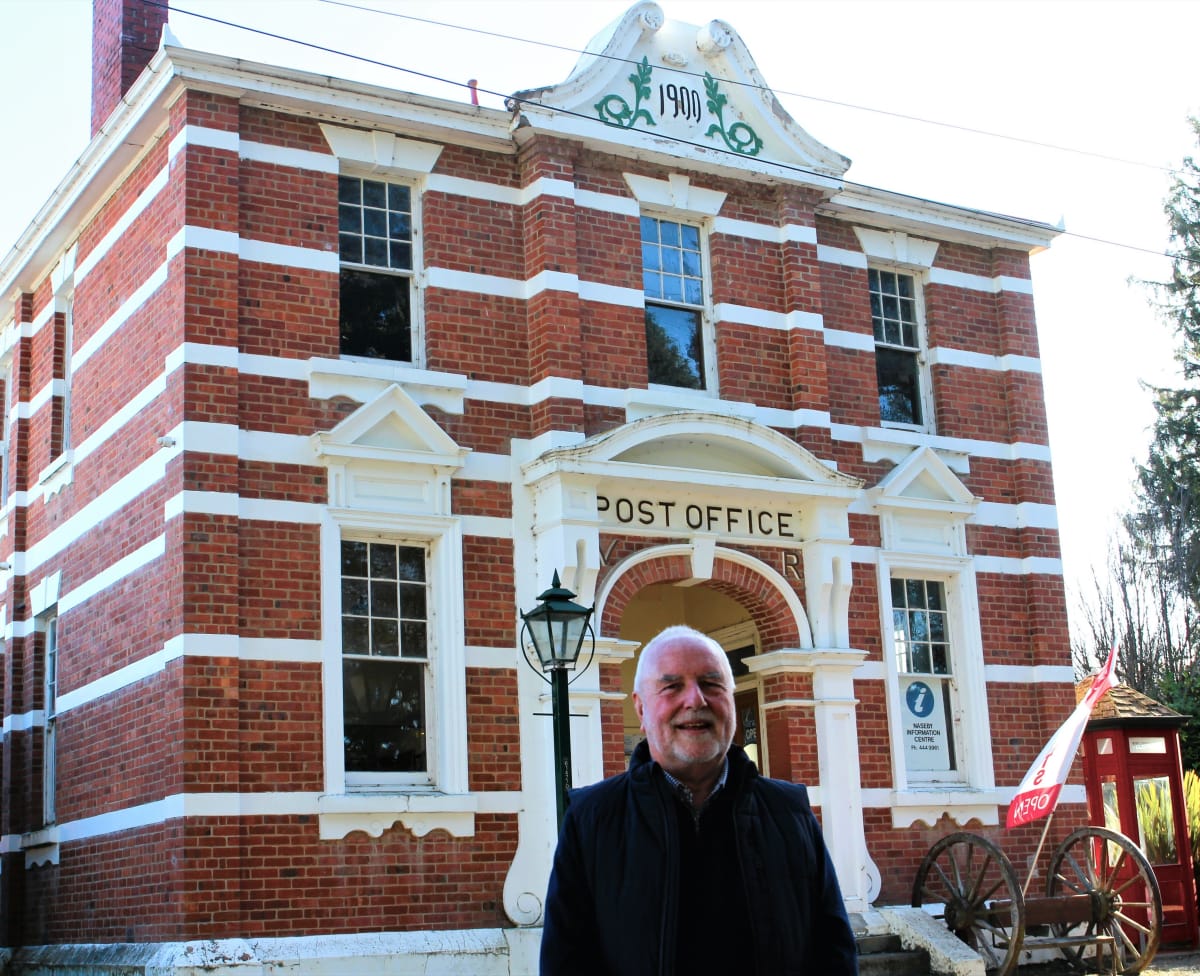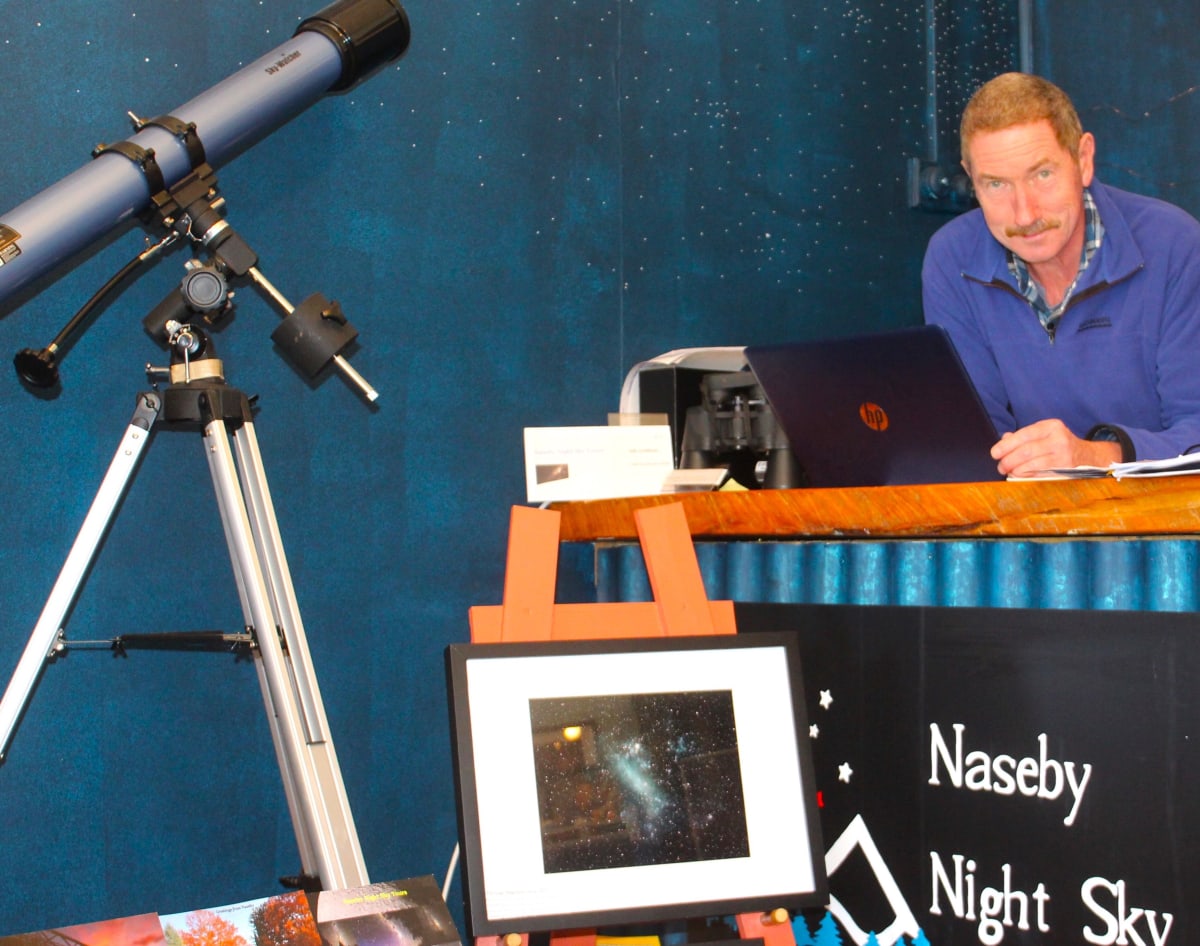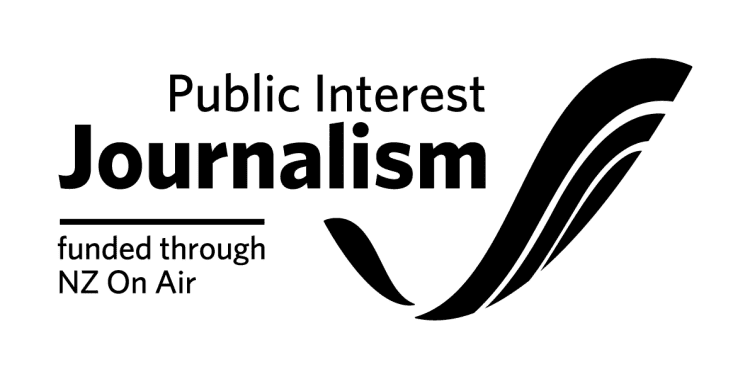
Some communities campaign for more street lighting but in one town in Central Otago they’ve been toiling for years to make the place as dark as possible
Some Naseby locals reckon building activity in the Maniototo town is the most intense since the 1860s’ gold rush.
This time, however, it’s stardust that everyone is getting excited about.
Surrounded by dark pine forest the quirky high-altitude township is renowned as New Zealand’s home of curling.
Now, with the last box soon to be ticked, Naseby is about to be able to claim fame as the Southern Hemisphere’s first International Dark Sky Community.
It will become only the 39th such community worldwide and certification is expected to spotlight the historic village as a stargazing bucket-list destination, payback for locals for nearly eight years of paperwork.
Community group Naseby Vision, aided by the local council, was never tempted to give up but says it hadn’t expected such an astronomically complicated process.
Certification is issued by the US-based International Dark Sky Association, which says few people appreciate the damage light pollution does.
Artificial light from cities and towns confuses and kills insects and migratory birds and disrupts natural hunting patterns by exposing prey that use the dark to hide.
For humans artificial light disrupts sleep and excessive lighting wastes electricity.
Fortunately it’s one of the few types of pollution that can be reversed fairly easily by such changes as using shielded, targeted lights and motion sensors.
Apart from having to work through the association’s rigorous application process, Naseby Vision has been having fun getting the whole town - population 130 - on board to become a stargazing community, says John Crawford, a life member of the group.

Telescopes on the domain, night-sky workshops and a Matariki celebration drew hundreds.
Two US astronauts passed through town and there were capacity crowds in the local hall to hear scientists and see a blow-up planetarium.
Dark details
There are five types of certification and becoming an official dark-sky sanctuary, park, reserve, place or community opens up opportunities for international promotion aided by the association.
There are only 201 certified dark-sky places in the world, 38 of those being “communities”.
New Zealand has a dark-sky park at Wai-iti south of Nelson, reserves in the Wairarapa and at Aoraki in the Mackenzie Basin and two dark-sky sanctuaries at Rakiura/Stewart Island and Aotea/Great Barrier Island.
Each place is subject to ongoing reviews by the association and certification can be suspended if protection of the night sky from light pollution declines.
In Naseby a survey of all the town’s lighting was undertaken leading to the replacement of every streetlight.
At 10pm each night new downward-pointing LED lights politely dim themselves to allow man and beast clear views of the stars.
The international back and forth of the application process has been punctuated by consultation with the public and mana whenua at home.
“Never in our wildest dreams did we think it would take this long,” Crawford says.
He says the Americans didn’t grasp that Naseby could not make its own lighting “ordinance”.
In this country changing local-government rules is a district-wide process that occurs when a review is due.
Last month a freshly penned new district plan chapter on light pollution was notified for a final round of consultation before being adopted by the Central Otago District Council.
Rules related to night-sky friendly lighting only initially apply to Naseby but will be able to be adopted in other parts of the district.
Dark-as
Ensuring a quality visitor experience has been a priority for the town from the start, Crawford says.
Naseby has indoor and outdoor curling as well as ice-skating, ice hockey, the Southern Hemisphere’s only ice luge, mountain-bike tracks, tennis courts, a golf course, museums and historic buildings.
A few that had become a bit hard on the eyes – a former corner dairy and old hotel – have recently changed hands and makeovers are either under way or imminent.
Houses are being built and renovated and the supply of holiday homes for sale for newcomers has dwindled.
Crawford says there’s a sense of the township coming together, groups merging and businesses helping each other to make the most of opportunities.
Jill Wolff, another Naseby Vision member, says the district-plan update process will take about another three months.
Meanwhile the dark-sky certifiers are dealing with applications in batches due to burgeoning demand.
“It is growing day by day. It’s amazing to see so many places are wanting to do this.”
Naseby is optimistic it has met the certification requirements and Wolff hopes to book an assessment application for October.
His dark materials
Paul Bishop was working for Dunedin City Council’s wastewater department when he heard about Naseby’s dark-sky application.
The Englishman, who has a degree in astrophysics, had been offered a job night-sky guiding in Tekapo but instead packed up and headed to Naseby where he could live mortgage-free and run his own night-sky tours.

“I was walking down the street in Naseby one night and entered the shadow and looked up and was blown away by what could be seen. I knew I’d done the right thing.”
Many of his customers are cyclists making a side trip off the Otago Central Rail Trail or are drawn by the area’s mountain-bike tracks.
He has specialist equipment to look at and photograph the sun in daylight hours and a big-screen indoor presentation to fall back on if clouds roll in at night.
Awe is a common reaction.
“Some people are dead quiet and others ask heaps of questions.”
That was the case with a physicist among a group of postgraduate university students.
“I thought, ‘Oh god, here goes.’ We were literally talking about mathematical equations.
“It was okay but it was heavy.”
Five years on the business is slowly growing and he’s amped that dark-sky accreditation looks to be finally on its way.
But another thing Bishop has discovered might be even more central to his contented state.
Whereas light pollution means 99 percent of Europeans and Americans miss out on a natural-night experience, Bishop has found the darkest light-meter readings he’s ever seen are at his house 680m above sea level in Naseby.
Made with the support of the Public Interest Journalism Fund








